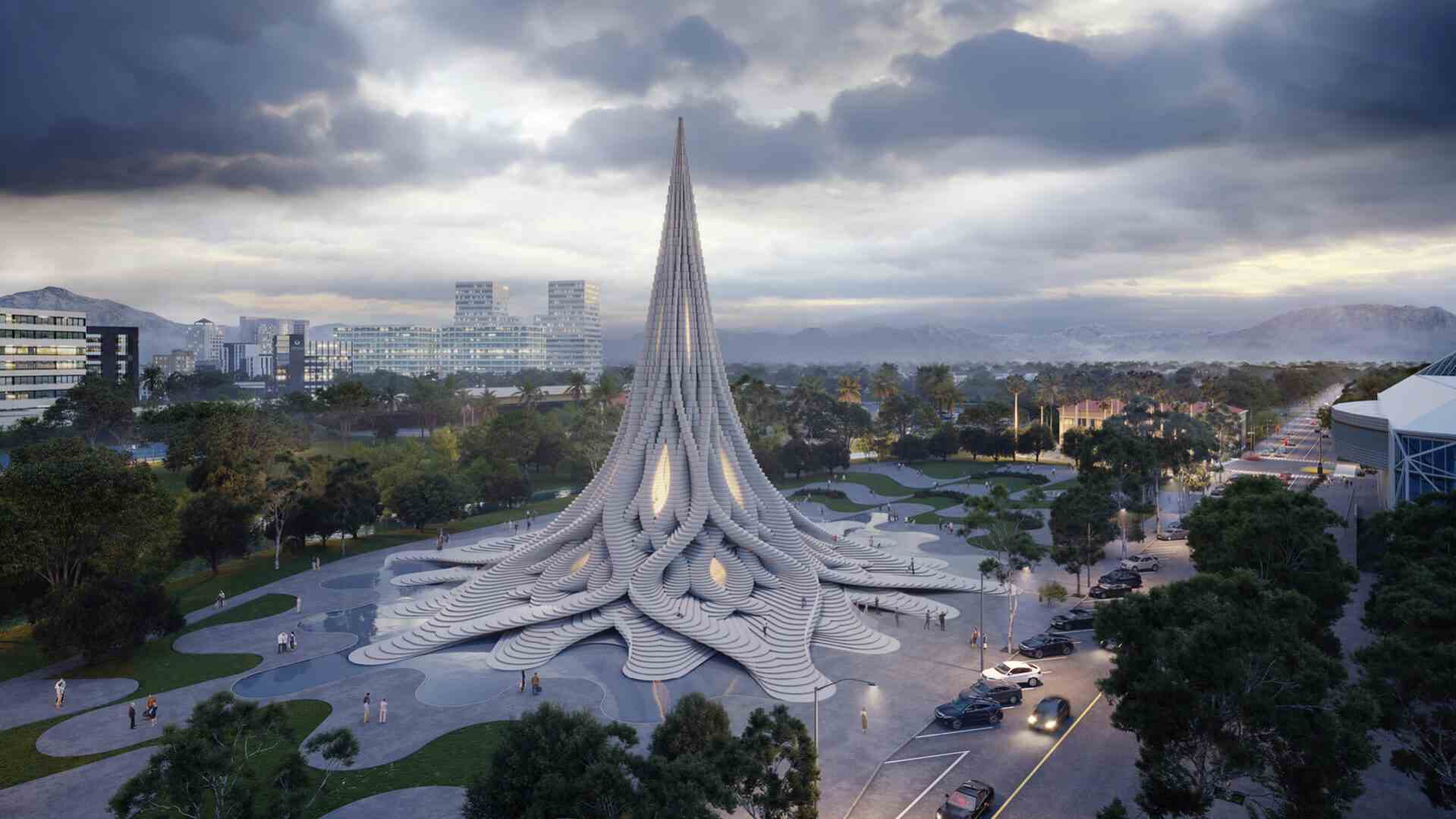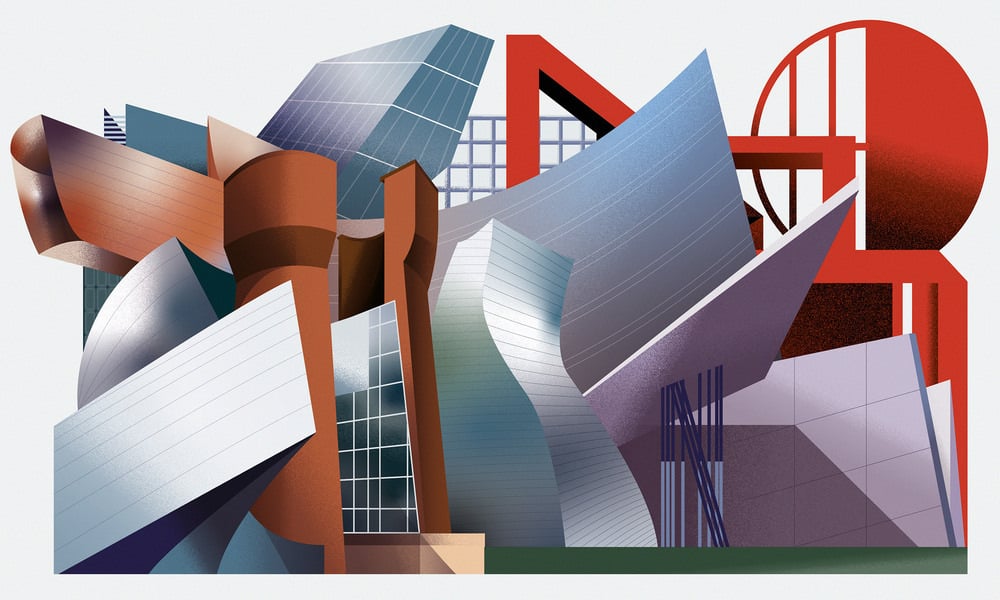Art Deco Architecture: Definition, Characteristics, Architects & Examples

Table of Contents
What is Art Deco Architecture?
Art Deco Architecture emerged post World War 1 and flourished between the 1920s and 1930s, reflecting upon the optimism, technological advancements, and artistic innovations of the era. It had a heavy modern influence including that of machine age, Cubism, Futurism, and ancient architectural forms from Egypt, Mesopotamia, and Mesoamerica. Interestingly, it was first showcased in 1925 at the Exposition Internationale des Arts Décoratifs et Industriels Modernes in Paris, which gave Art Deco its name. As it gained popularity, it quickly became a symbol of luxury, glamour, and progress.
Characteristics of Art Deco Architecture
- Geometric and Symmetrical Designs: A streamlined look is created through chevrons, stepped forms, zigzags, and sharp angles.
- Vertical Emphasis: Strong vertical lines and tiered setbacks are features of many Art Deco structures, particularly skyscrapers.
- Luxurious Materials: To suggest refinement, exotic woods, marble, stainless steel, chrome, and glass were mostly used.
- Vibrant Contrasts and Colors: Rich hues, golds, silvers, and deep blues add to the decorative appeal.
- Ornamentation with Contemporary Motifs: A futuristic aesthetic appears in sunbursts, chevrons, zigzags, and stylized floral motifs.
Art Deco Architects
Art Deco architects, who used an innovative approach, bold geometric forms, and lavish ornamentation, left an enduring legacy in the realm of architectural design. Their creations continue to captivate and inspire Art Deco enthusiasts worldwide. The contributions of some of the top Art Deco Architects will be explored in the following sections exploring the impact of their iconic structures on the architectural landscape of their time and beyond.
1. William Van Alen

William Van Alen was an American art deco architect who played a significant role in the Art Deco movement. He is best known for designing the iconic Chrysler Building in New York City, which is widely regarded as one of the most important Art Deco buildings in the world.
Van Alen's notable works include the Irving Trust Company Building (now the Bank of New York Building) in New York City and the Starrett-Lehigh Building in Manhattan. He was known for his innovative use of materials and attention to detail, evident in the complex decoration and decorative elements of his buildings.

Example : The Chrysler Building, a 77-storey skyscraper completed in 1930, was first built as the head office of the Chrysler Corporation. With its slender shape, complex ornamentation and stainless steel spire, the structure features a unique Art Deco design. Although it was never used for that purpose, the spire was initially intended to be a mooring mast for dirigibles.
2. Lina Bo Bardi
.jpg?width=500&height=400&name=Lina%20Bo%20Bardi%20(1).jpg)
Italian-born Lina Bo Bardi was an art deco architect and designer. She was born in Rome in 1914 and completed her studies in architecture there before relocating to Brazil in the 1940s. She is best known for her creative architectural designs that combined modernist and indigenous Brazilian elements to produce a distinctive look. She was an accomplished curator and furniture designer who made a significant contribution to the growth of the Brazilian design scene.
Example :The Glass House, which she designed in 1951 in Sao Paulo, is among her best-known creations. The building has a striking modernist style with clear lines, straightforward forms, and a focus on natural light. The Sao Paulo Museum of Art and the SESC Pompéia are just two of the notable structures she created in Brazil during the Art Deco period.
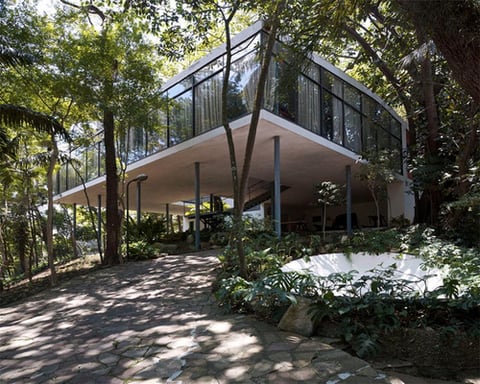
She was a respected writer and curator of design in addition to her work as an architect. She was instrumental in the growth of the Brazilian Museum of Modern Art and assisted in the planning of several significant modernist design exhibitions.
3. Eileen Gray
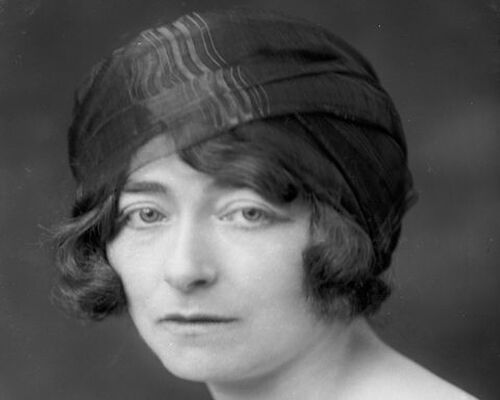
Eileen Gray was an Irish-born architect and designer who was one of the most important figures of the Art Deco era. She was born in 1878 in Ireland and studied at the Slade School of Fine Art in London and the Académie Julian in Paris. She is best known for her original furniture designs, which are distinguished by their sleek, minimalistic aesthetic and use of cutting-edge materials like tubular steel and chrome.
Example :The E-1027 House, one of her most well-known creations, was created in conjunction with her partner, architect Jean Badovici. The house was built in 1929 and is situated on the southern French coast. It has a striking modernist design with clear lines, straightforward forms, and a focus on natural light.
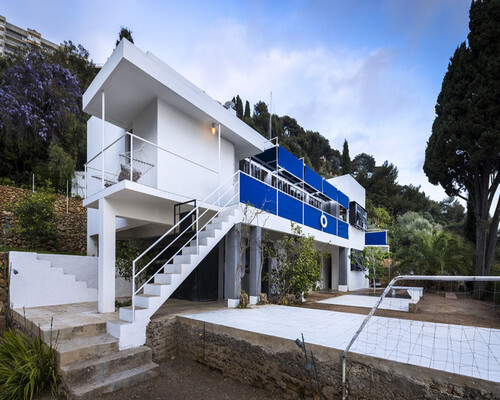
Example :The Villa Tempe a Pailla in France, as well as several apartments and furniture designs for affluent clients in Paris, were among the notable structures and interiors she also created during the Art Deco period. She made a significant contribution to the Art Deco movement, but until the latter part of the 20th century, the mainstream design community largely ignored her.
Read more: The Connection Between Art And Architecture: The Beauty of Synergy
4. Raymond Hood
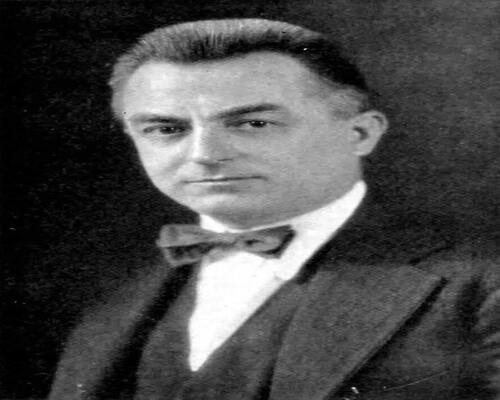
American art deco architect Raymond Hood became known for his cutting-edge creations in the Art Deco era. He was born in Rhode Island in 1881 and graduated from the School of Fine Arts in Paris and the Massachusetts Institute of Technology. His work in New York, where he designed several remarkable Art Deco buildings.
Example :The completion of the McGraw-Hill Building in 1931 was one of his most famous designs. The structure had a striking Art Deco style, with a dramatic entry, a stepped tower, and geometric detailing. The Daily News Building, the American Radiator Building and the New York Telephone Company Building are just a few of Hood's other remarkable designs.
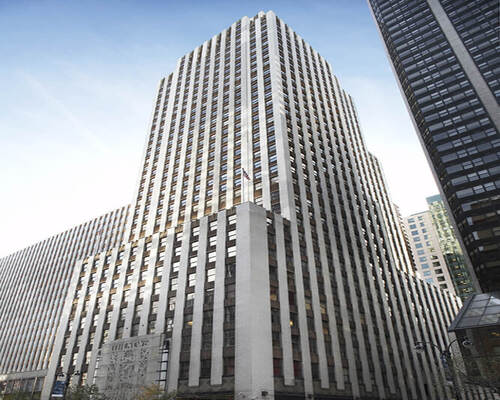
His creations were known for their strong contemporary art deco style and innovative use of materials such as steel and glass. Hood was also an advocate of the "international" style of architecture, which stressed simplicity, functionality, and a rejection of historic ornamentation. His work has had an important influence on the development of modernist architecture in the USA and worldwide
5. Walter Gropius
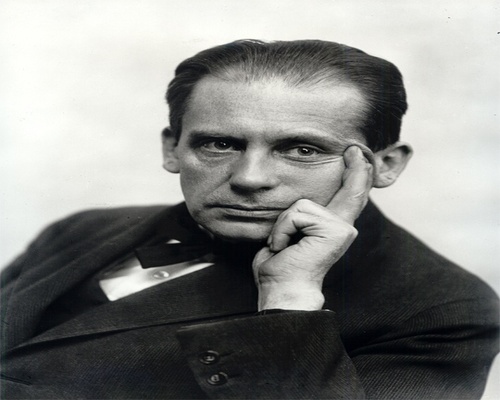
Walter Gropius was a German art deco architect and one of the most prominent figures of the modernist movement in architecture. He is best known for founding the German Bauhaus school, which had a major influence on the growth of modernist architecture and design.
Example : He collaborated with Adolf Meyer to design the Fagus Factory in Alfeld, Germany, which is one of his most well-known Art Deco creations. The building, which was finished in 1911, has a striking modernist design and was one of the first to use reinforced concrete as a structural element.
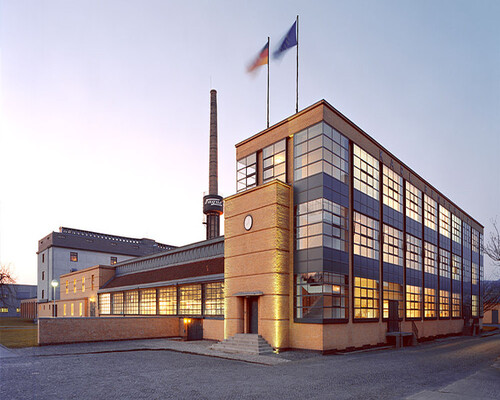
Along with the Dessau Bauhaus building, the Gropius House in Lincoln, Massachusetts, and the Harvard Graduate Centre in Cambridge, Massachusetts, he also created several other notable structures during the Art Deco era. These structures stand out for their straightforward, practical designs and innovative use of materials like glass, steel, and concrete. He was a prolific writer and educator in addition to being an architect, and he had a significant impact on the development of modernist architecture and design in the 20th century.
6. Charlotte Perriand
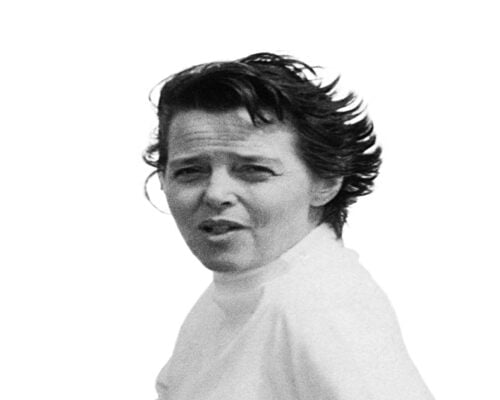
Charlotte Perriand was a French art deco architect and designer who was one of the leading figures of the Art Deco era. She was raised in Paris and attended the Ecole de l'Union Centrale des Arts Décoratifs. Her furniture designs, which were distinguished by their straightforward, practical shapes and use of cutting-edge materials like steel and aluminium, are what she is best known for.
Example :She collaborated with some of the most significant designers and architects of the time, such as Jean Prouvé and Le Corbusier. The LC4 chaise lounge, which Perriand created with Le Corbusier and Pierre Jeanneret in 1928, is one of her best-known creations. The Italian furniture company Cassina is still making the chaise, which has a modern, sleek design.

The B306 chaise longue and the Grand Confort armchair were two additional notable pieces of furniture she created during the Art Deco era. She was also a skilled architect and interior decorator who, during her career, worked on several significant projects, including the Les Arcs ski resort in the French Alps. Her designs are still in high demand by collectors and design enthusiasts all over the world because of how significantly her work influenced the development of modernist design.

Le Corbusier is best known for his modernist architecture, which emphasises usability, simplicity, and a lack of ornamentation. He was a pioneer in the use of reinforced concrete, and his designs frequently had simple lines, sizable windows, and a focus on natural light.
Example :The Villa Savoye in Poissy, France, which he designed in 1929, is among his best-known creations. The villa has an eye-catching modernist design that emphasises natural light, a minimalist aesthetic, and a roof garden. His other notable Art Deco creations include the Unité d'Habitation in Marseille and the Swiss Pavilion at the 1930 International Exhibition in Brussels.
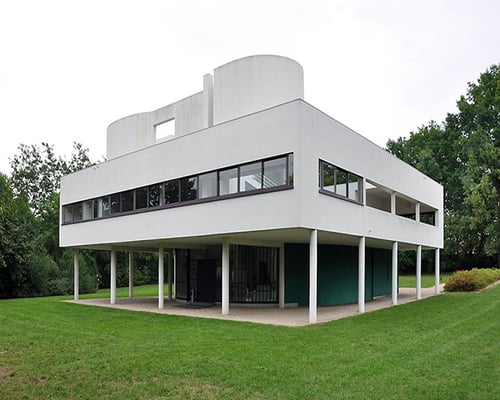
Along with his work as an architect, he was a prolific designer who produced furniture, lighting, and other items with simple lines and a minimalistic aesthetic. He was a well-known author who wrote numerous books and essays on architecture and design. Le Corbusier's work had a significant impact on the growth of modernist architecture and design, and his concepts are still being researched and discussed by architects and designers today.
8. Robert Mallet-Stevens

Robert Mallet-Stevens was a prominent French architect and designer known for his significant contributions to the Art Deco movement. Born in 1886, Mallet-Stevens emerged as a leading figure in the early 20th century, embracing the modernist principles of the era. His architectural style was characterised by clean lines, geometric forms, and a focus on functionality combined with artistic expression.
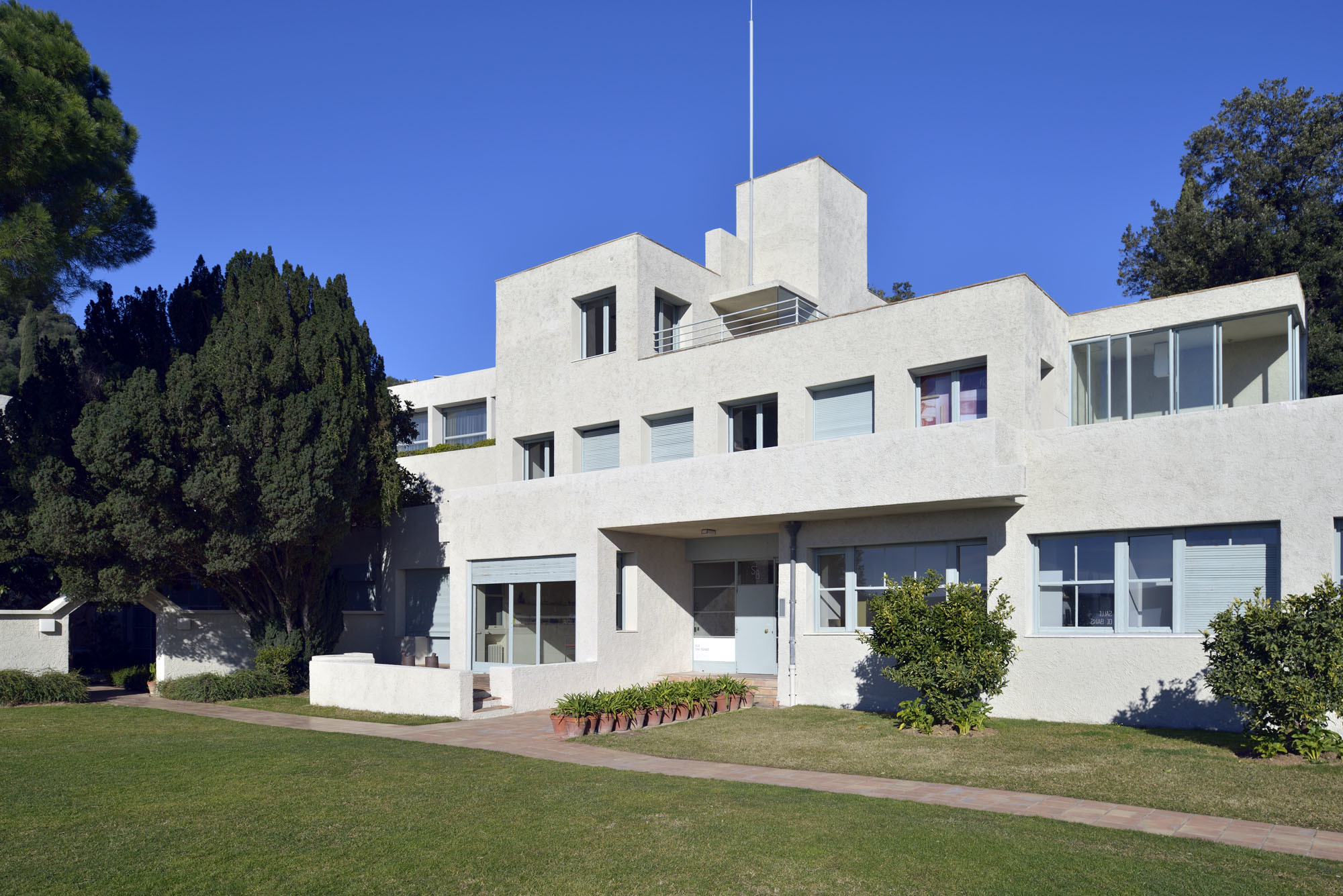
Mallet-Stevens' work often featured sleek facades, flat roofs, and the innovative use of materials such as concrete, steel, and glass. His designs emphasised simplicity and efficiency, reflecting the machine age aesthetic prevalent in Art Deco architecture. One of his notable projects is the Villa Noailles in Hyères, France, completed in 1923. This iconic villa exemplifies Mallet-Stevens' signature style with its cubic volumes, asymmetrical composition, and attention to spatial relationships. His influence extended beyond architecture to interior design and furniture, where he applied the same principles of elegance and practicality.
9. Timothy Pflueger
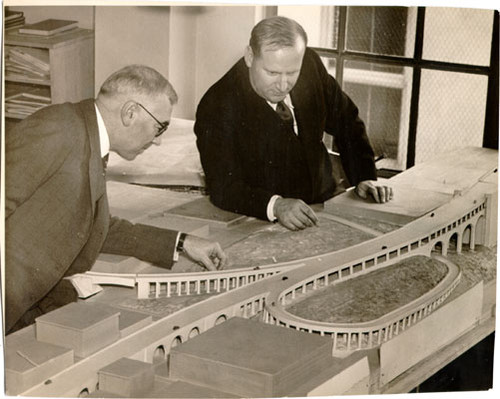
Timothy Pflueger was a pioneering American architect known for his influential contributions to Art Deco architecture, particularly in San Francisco during the early to mid-20th century. Born in 1892, Pflueger's work reflected the dynamic and streamlined aesthetic of the Art Deco movement, characterised by bold geometric shapes, decorative motifs, and modern materials. He played a key role in defining the architectural landscape of San Francisco, leaving behind a legacy of iconic buildings that showcase his innovative style.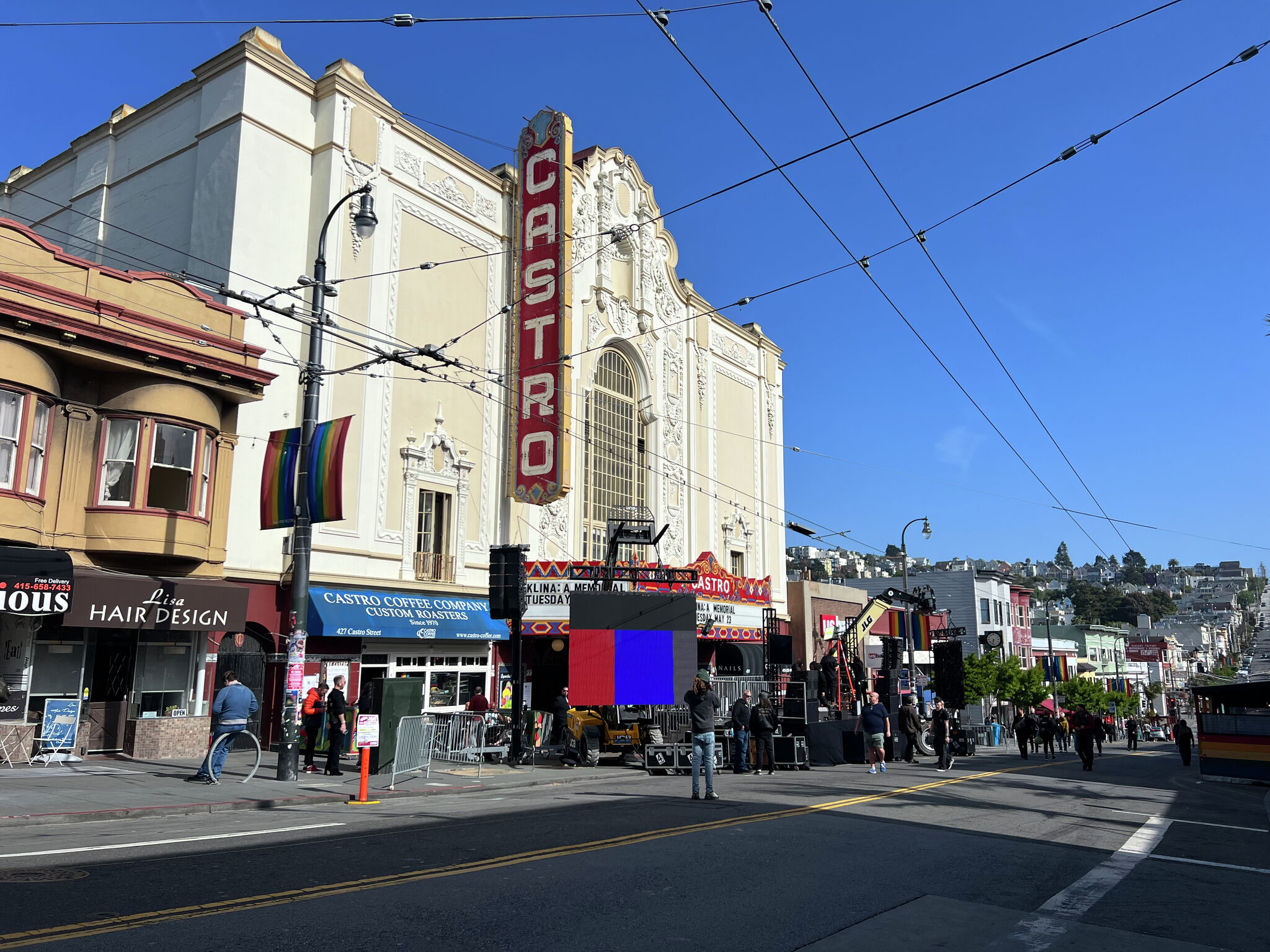
Example : One of Pflueger's most celebrated works is the Pacific Telephone Building (now known as the PacBell Building) completed in 1925. This skyscraper exemplifies Art Deco design with its striking vertical lines, elaborate terra-cotta ornamentation, and setbacks that emphasise its height. Pflueger's skilful integration of sculpture, murals, and other decorative elements into the building's exterior and interior further underscores his commitment to creating cohesive and visually compelling architectural compositions. Beyond skyscrapers, Pflueger's portfolio includes theatres like the Castro Theatre and Paramount Theatre, both notable for their Art Deco facades and lavish interiors that reflect the glamour of the era.
Read more: How Is Architecture Automation Helping Design Innovation?
In Conclusion
Art Deco's legacy has persisted for almost a century, and modern architecture and design continue to reflect its influence. From William Van Alen's iconic Chrysler Building to Eileen Grey's modernist villa, E-1027, this blog post has highlighted the work of seven significant art deco architects who helped to define the art deco style. Each architect contributed their distinct vision to the Art Deco movement, pushing the boundaries of form, function, and material to produce structures that still fascinate and inspire us today. Through their work, we can better understand this timeless style's appeal and how it has influenced architecture and design throughout the 20th century and beyond.
BIM and computational design enable architects to create Art Deco-inspired buildings using advanced tools for precise modelling, intricate detailing, and complex geometries. BIM creates accurate 3D models, simulates design options, and analyses their impact. Computational design generates intricate patterns and decorative elements, blending past aesthetics with modern efficiency and precision. Novatr can assist you in equipping yourself with the mentioned technologies! It is a digital education platform that provides real-world experience and industry-relevant skills to architects, engineers, and designers. The main courses available are the BIM Professional Course and the Computational Design Course. Check them out if you want to be prepared for the future!


 Thanks for connecting!
Thanks for connecting!
-1.png)
.png)

.jpg)
